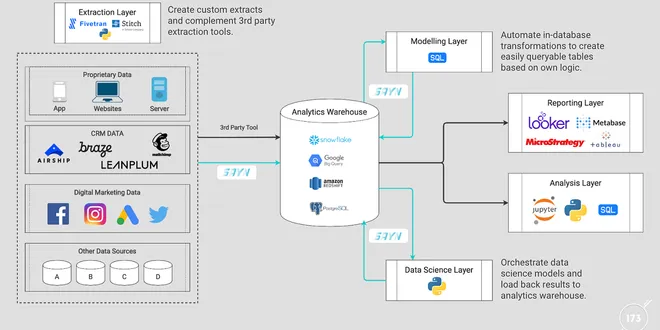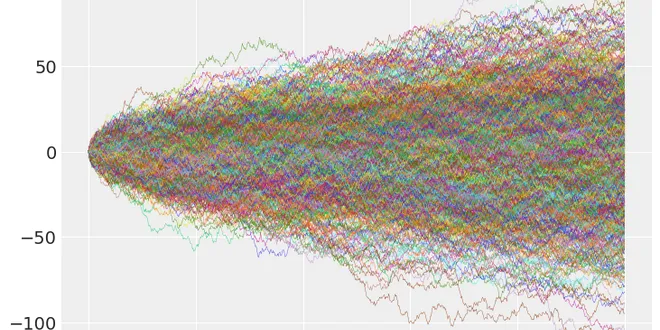theano-framework
Theano is a powerful open-source Python library designed for efficient numerical computation, particularly in the realm of deep learning. Developed by the LISA group at the University of Montreal, it serves as a foundational tool for building and training complex neural networks. Theano allows users to define mathematical expressions symbolically, compile them into optimized code, and execute them on both CPUs and GPUs. Although it is no longer actively maintained, Theano remains a valuable resource for machine learning practitioners and researchers, often used in conjunction with higher-level libraries like Keras and Lasagne to simplify deep learning model development.

Introduction to the Python Deep Learning Library Theano
Last Updated on August 19, 2019 Theano is a Python library for fast numerical computation that can be run on the CPU or GPU. It is a key foundational library for Deep Learning in Python that you can u...
📚 Read more at Machine Learning Mastery🔎 Find similar documents

Hands-On Theano: One of the Most Powerful Scientific Tools for Python
In my previous article, I mentioned 13 Data Science libraries for Python and I also talked about Theano. But that was a brief introduction, today we will talk more specifically about Theano, its…
📚 Read more at Towards AI🔎 Find similar documents

Profiling Theano function
Profiling Theano function Note This method replace the old ProfileMode. Do not use ProfileMode anymore. Besides checking for errors, another important task is to profile your code in terms of speed a...
📚 Read more at Theano Tutorial🔎 Find similar documents

Derivatives in Theano
Derivatives in Theano Computing Gradients Now let’s use Theano for a slightly more sophisticated task: create a function which computes the derivative of some expression y with respect to its paramet...
📚 Read more at Theano Tutorial🔎 Find similar documents

Debugging Theano: FAQ and Troubleshooting
Debugging Theano: FAQ and Troubleshooting There are many kinds of bugs that might come up in a computer program. This page is structured as a FAQ. It provides recipes to tackle common problems, and i...
📚 Read more at Theano Tutorial🔎 Find similar documents

Multi cores support in Theano
Multi cores support in Theano Convolution and Pooling Since Theano 0.9dev2, the convolution and pooling are parallelized on CPU. BLAS operation BLAS is an interface for some mathematical operations b...
📚 Read more at Theano Tutorial🔎 Find similar documents

Printing/Drawing Theano graphs
Printing/Drawing Theano graphs Theano provides the functions theano.printing.pprint() and theano.printing.debugprint() to print a graph to the terminal before or after compilation. pprint() is more c...
📚 Read more at Theano Tutorial🔎 Find similar documents

Introducing SAYN: A Simple Yet Powerful Data Processing Framework
So, what is SAYN? In simple terms, SAYN is an open source data processing framework. We (the team at 173Tech) have built it to be the simplest framework whilst maintaining full flexibility. Users can…...
📚 Read more at Towards Data Science🔎 Find similar documents

Getting Started with Deno: Nodejs Alternative
Deno is a new platform for writing applications using JavaScript and TypeScript. It is based on the V8 JavaScript engine and the Rust. In this article, I will explore some of Deno’s features.
📚 Read more at Towards Data Science🔎 Find similar documents

5 Levels of Difficulty — Bayesian Gaussian Random Walk with PyMC3 and Theano
State-Space Models in Bayesian Time Series Analysis with PyMC3
📚 Read more at Towards Data Science🔎 Find similar documents

REST API with Deno
Deno is a runtime for JavaScript and TypeScript that is based on the V8 JavaScript engine and the Rust programming language. It was created by Ryan Dahl, the original creator of Node. js, and is…
📚 Read more at Analytics Vidhya🔎 Find similar documents

A tale of two frameworks
If you’re like me you have a favourite framework you gravitate towards in every project. For me, it’s Tensorflow, particularly since they better integrated Keras in tf2.0. But every time another…
📚 Read more at Towards Data Science🔎 Find similar documents

